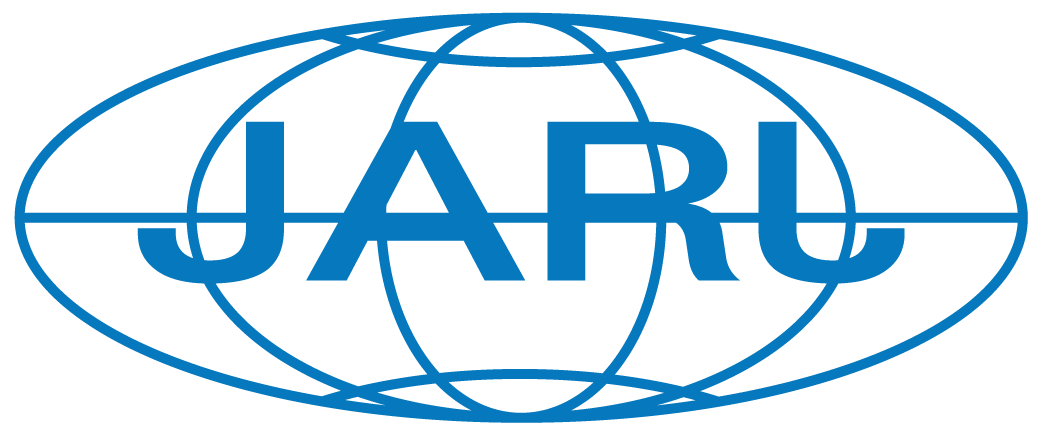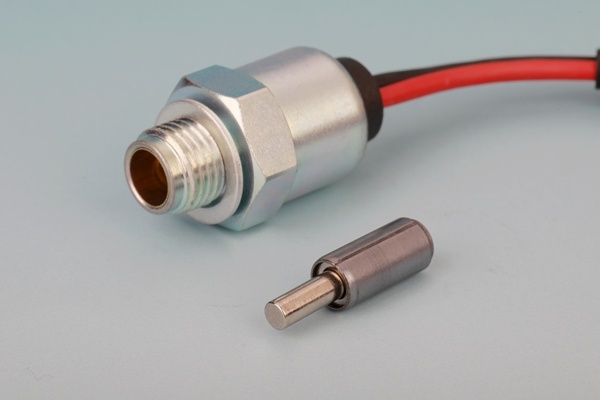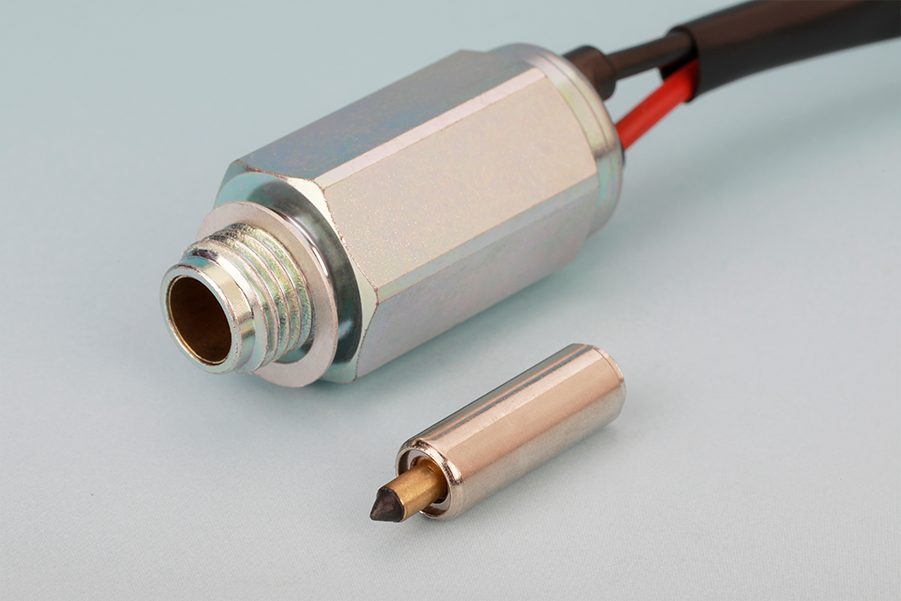Maximizing Efficiency with Precision Sheet Metal Fabrication Parts
Release Time:
Apr 18,2025
Maximizing Efficiency with Precision Sheet Metal Fabrication Parts Table of Contents Understanding Precision Sheet Metal Fabrication Benefits of Precision Fabrication Parts Key Materials Used in Sheet Metal Fabrication Advanced Techniques in Sheet Metal Fabrication Importance of Design in Fabrication Process Quality Control in Sheet Metal Fabrication Sustainability in
Maximizing Efficiency with Precision Sheet Metal Fabrication Parts
Table of Contents
- Understanding Precision Sheet Metal Fabrication
- Benefits of Precision Fabrication Parts
- Key Materials Used in Sheet Metal Fabrication
- Advanced Techniques in Sheet Metal Fabrication
- Importance of Design in Fabrication Process
- Quality Control in Sheet Metal Fabrication
- Sustainability in Sheet Metal Fabrication
- Future Trends in Sheet Metal Fabrication
- Frequently Asked Questions
Understanding Precision Sheet Metal Fabrication
Precision sheet metal fabrication is a crucial process in various industries, including aerospace, automotive, and electronics. This technique involves transforming flat sheets of metal into specific shapes and components through cutting, bending, and assembling. The goal of precision fabrication is to maintain tight tolerances and achieve high-quality finishes, allowing manufacturers to create parts that fit seamlessly in their assemblies.
Benefits of Precision Fabrication Parts
Implementing precision sheet metal fabrication parts leads to numerous benefits that can enhance overall manufacturing efficiency:
- Cost-effectiveness: Reduced waste and optimized production processes lower costs significantly.
- High Precision: Achieving tight tolerances ensures components fit perfectly, which minimizes errors in assembly.
- Durability: High-quality materials used in fabrication create parts that withstand harsh conditions.
- Customization: Manufacturers can quickly adapt designs to meet specific customer needs.
- Speed: Advanced machinery and techniques streamline production timelines, reducing lead times.
Key Materials Used in Sheet Metal Fabrication
The choice of materials in sheet metal fabrication significantly impacts the performance and quality of the final product. Common materials include:
- Steel: Known for its strength and versatility, steel is widely used in fabrication processes.
- Aluminum: Lightweight and corrosion-resistant, aluminum is ideal for applications requiring a lower weight.
- Brass: With excellent conductivity and aesthetic qualities, brass is often used for electronic components.
- Stainless Steel: Resistant to corrosion and staining, stainless steel is perfect for environments requiring hygiene and durability.
Advanced Techniques in Sheet Metal Fabrication
To maximize efficiency, manufacturers are increasingly adopting advanced techniques in sheet metal fabrication, including:
- Laser Cutting: Utilizes laser technology to achieve precise cuts with minimal material wastage.
- CNC Machining: Computer Numerical Control (CNC) machines enhance accuracy and repeatability in fabrication processes.
- 3D Printing: Enables the production of complex geometries that traditional methods might struggle to achieve.
- Forming Techniques: Methods such as stamping and bending allow for the efficient reshaping of metal sheets into required forms.
Importance of Design in Fabrication Process
Effective design is essential in precision sheet metal fabrication. The design phase influences material selection, manufacturing processes, and overall functionality. Key considerations include:
- Design for Manufacturability (DFM): Optimizing designs to simplify manufacturing processes and reduce costs.
- Simulation and Prototyping: Utilizing software to simulate the fabrication process helps identify potential issues before production.
- Collaboration: Engaging engineers and designers early in the process ensures that all aspects of the product are considered.
Quality Control in Sheet Metal Fabrication
Quality control is paramount in ensuring that fabricated parts meet industry standards and customer expectations. Key elements of a robust quality control system include:
- Inspection: Regular inspections during fabrication processes to catch defects early.
- Testing: Functional tests to verify that parts perform as required under specified conditions.
- Documentation: Keeping detailed records of materials, processes, and inspections for traceability.
Sustainability in Sheet Metal Fabrication
As industries increasingly focus on sustainability, sheet metal fabrication processes are evolving to minimize environmental impact. Effective strategies include:
- Material Recycling: Using recycled materials reduces waste and lowers the carbon footprint of production.
- Energy Efficiency: Implementing energy-efficient machines and processes can significantly reduce energy consumption.
- Waste Reduction: Employing lean manufacturing principles helps streamline operations and minimize scrap.
Future Trends in Sheet Metal Fabrication
The sheet metal fabrication industry is on the brink of significant transformations driven by technology and innovation. Key trends include:
- Automation: Increased use of robotics and automated systems to enhance production speed and accuracy.
- Smart Manufacturing: Integration of IoT technology for real-time monitoring and data analysis to optimize processes.
- Advanced Materials: Development of new materials that offer superior performance characteristics.
Frequently Asked Questions
What industries benefit most from precision sheet metal fabrication?
Industries such as aerospace, automotive, electronics, and construction frequently utilize precision sheet metal fabrication due to the need for high-quality components.
How do I choose the right material for my sheet metal parts?
Consider factors like strength, weight, corrosion resistance, and the specific requirements of your application when selecting materials.
What are the typical tolerances in precision sheet metal fabrication?
Tolerances can vary depending on the part and process, but they typically range from ±0.005 inches to ±0.001 inches for precision applications.
Can I get custom designs for my sheet metal fabrication needs?
Yes, many fabrication companies offer custom design services to meet specific client requirements, aiding in product personalization.
What is the role of CAD in sheet metal fabrication?
Computer-Aided Design (CAD) software is essential in creating precise designs, facilitating the transition from concept to production.
Conclusion
Maximizing efficiency with precision sheet metal fabrication parts is not merely about employing advanced techniques; it involves a holistic approach that includes careful material selection, robust design practices, and stringent quality control. By understanding the benefits and trends within this evolving field, manufacturers can enhance their operations and deliver superior products that meet the ever-increasing demands of modern industries. Embracing innovation and sustainability will not only drive efficiency but also ensure long-term success in the competitive landscape of manufacturing.
Related content




